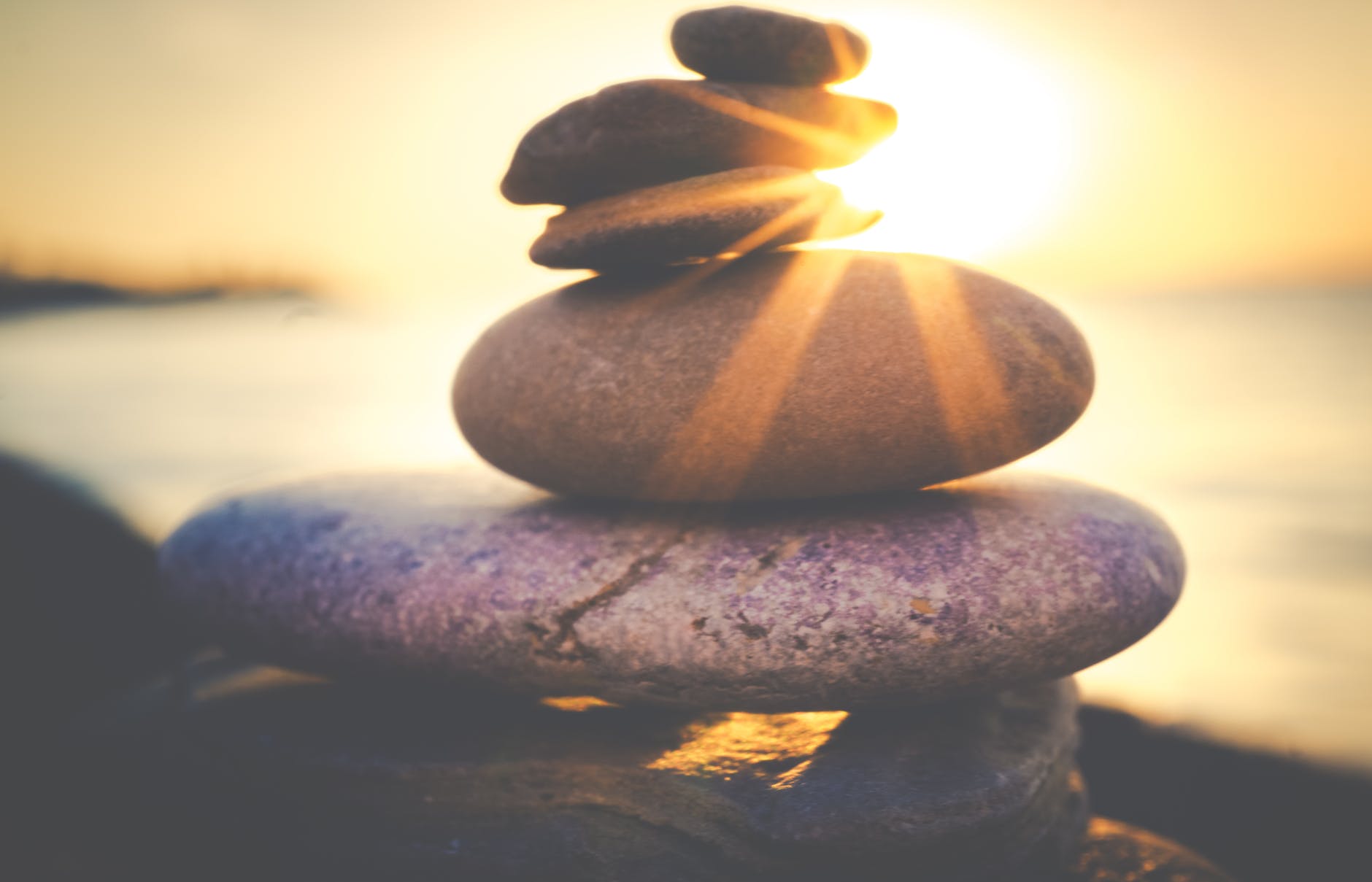Incorporating Meditation Into Mental Health and Addiction Recovery
How I Accidentally Started Meditating
I had been sober for less than a year when I started hiking. In many ways, it was an act of desperation. An outlet for my constant jittery feelings, a way to pass the long weekend days, something to plan and look forward to. And, although I didn’t realize it at the time, it was an intentional act to quiet my constant, noisy, and negative thoughts.
Years later, after learning about types of meditation, it occurred to me that all that hiking was walking meditation. My fixed gaze at the rocks and roots on the ground, the feel of my feet as they navigate nature’s obstacles, the sound of my steady breath and footsteps, and silently observing the surroundings as I pause to have a snack – this is meditation. This is mindful awareness. This is contentment in the moment. Meditation can be a clearing of the mind, as it was for me on those beginner hikes. A quieting, an absence of the usual discomfort. Or it can be the observation of sensation, observation of thought, recognizing the content of our inner monologue for what it is and releasing it.
My hikes, along with meeting participation and a good support network, worked for a long time. Several years later, the dreaded restlessness and discontentment showed up. I didn’t want to drink, but the actions and discipline it took for me to stay sober had become their own uncomfortable grind. Many who have struggled with addiction recovery or a mental health concern long term can relate to this feeling.
I picked up a book called “One Breath at a Time” by Kevin Griffin, and it changed my life. The journey that his book started led me to explore Buddhist recovery principles, a formal meditation practice, and eventually energy work. The starting point, and the most important aspect to this day many years later, is gradually learning to manage the mind. Training our minds to settle, to pause, to not give importance and audience to every passing thought. This is what meditation can do for you.
Why You Should Meditate
Meditation teaches you to manage your thoughts. This skill is useful when faced with anxiety, depression, attention difficulty, addiction cravings, and stress in general. Learning to manage your thoughts can even help with physical pain. While the goal of meditation is not to stop your thoughts, the skills you can develop while meditating will help you feel more in control of your thoughts. This leads to higher confidence and a calm mind.
How You Can Start Meditating
Do you feel intimidated when you think of meditation? I get it. Maybe you think of people sitting around on cushions, half smiles on their faces, seeking nirvana. Maybe you think of chanting, or complete silence. All of these are understandable, and can be accurate. What kind of meditation will work for you? The kind you will actually do. Try a few of these and see what you think:
- Focus on your breath: Try breathing in for four seconds, holding for four seconds, out for four seconds, holding for four seconds. Then go back to in for four and keep going. Gently challenge yourself to a set number of repetitions (try 10?). Or, try to increase the number of seconds. For a fun guided variation, try this short video.
- Recognizing and releasing your thoughts: Sit in silence and take a few deep breaths. Focus your attention on your breath, or on the weight of your hands on your lap or your feet on the floor. As thoughts begin to enter your mind, give them brief recognition, maybe a gentle “I see you, but not now” or simply “not now” and return to your focus on your breath or your hands or feet. If you practice this skill, you will find that you feel more in control of your thoughts, even when not in formal meditation.
- Progressive muscle relaxation: You will gradually tense and release muscles. Start at your feet, tense them, hold the tension, and then release. Then, gradually, work your way up your body, slowly, small sections at a time. Either end with that sense of physical and mental relaxation, or transition to recognizing and releasing your thoughts. This is a great meditation to use when you are having trouble falling asleep.
- Visualization: Picture yourself in a relaxing setting. This can be somewhere you have been before, or somewhere you create in your mind. This can be a beach, or a field, a garden, or a mountain view. Close your eyes, sit comfortably, and visualize yourself in the setting. What sounds do you hear? Waves? Birds? Wind chimes? Silence? As you continue to practice visualization meditation, try getting more and more elaborate with your visualization. What do you smell? Can you feel the sun or breeze on your skin? If you would like an interesting variation on this technique, then try this guided meditation where you picture yourself as a mountain.
- Walking meditation: With your eyes open, walk slowly, stepping from heel to toe, focusing awareness on the feel of your feet on the ground. Breathe deeply, and focus on your breath. Then, pause, look around, and take mindful notice of your surroundings.
What Next?
When you are ready to start a meditation practice, try an app like Insight Timer. There are tons of apps out there, so look around and find your favorite. To start incorporating meditation into your recovery program, try Recovery Dharma‘s online and in person meetings. If you want more direction on how meditation can improve your stress level, anxiety, cravings, or other mental health or addiction concerns, then contact me to schedule a session.
Holly Stuckey
November 8, 2021

